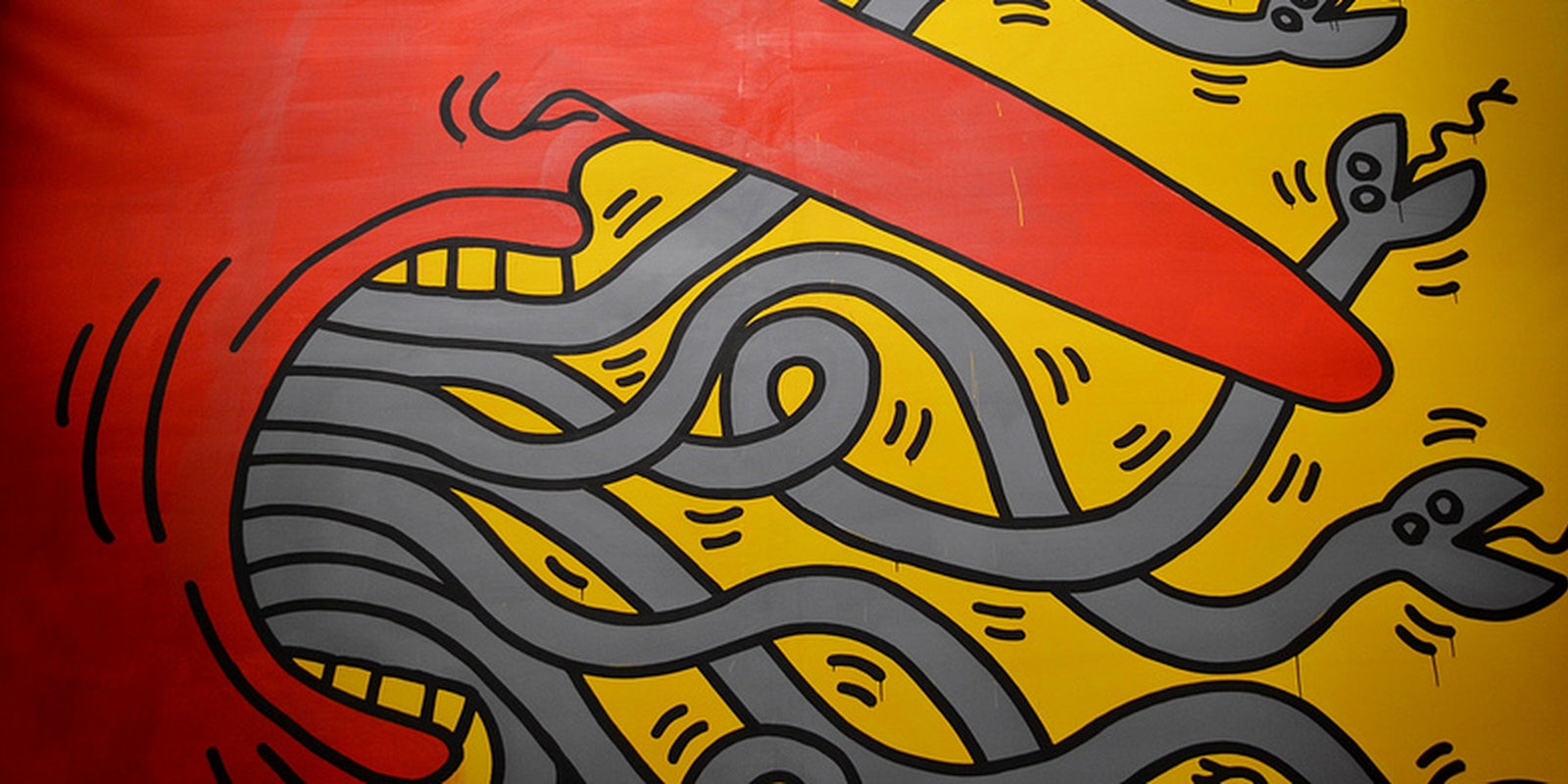Timothy Leary was always a man ahead of his time. He began experimenting with LSD as a Harvard professor in the early 1960s, before the drug came to define an era of “turn on, tune in, drop out” counterculture. When he found out that he had inoperable prostate cancer in 1995, he started a website to aggregate his old writings. A year later, he filmed the moment of his death so that it could be broadcast on the Internet.
Last week, the opening of the Timothy Leary Archives at the New York Public Library revealed yet another area where he was ahead of his time. Leary apparently designed around a dozen video games back in the 1980s, samples of which the library is displaying in a new exhibit.
“Leary brought an angle of psychological interaction to this idea of interactive gaming, this idea of reprogramming your brain,” archivist Donald Mennerich told the New York Times. “It didn’t catch on then, but he was pretty far ahead of the curve.”
In his lifetime, Leary did manage to published one game, called Mind Mirror. The game was released by Electronic Arts in 1965 and, over the course of two years, sold about 65,000 copies. The game is based on Leary’s research into psychometrics in the 1950s. It ”allows users to define, compare and role play personalities,” the Timothy Leary Archives explained. “One of the most innovative ideas about the program is that role playing someone else will teach you about yourself and others.” The game has since been adapted for Facebook.
Here’s a video of Leary explaining Mind Mirror:
Among the dozen or so unreleased games developed by Leary was a project called “Neuromancer Mind Movie.” The scope of the game speaks to how Leary maintained his breadth of interests and foresight throughout the latter half of the 20th century: It was based on the 1984 William Gibson novel of the same title, which was an early example of hacker fiction. One piece of digital art created for the project depicts David Byrne, the founder of the New Wave band the Talking Heads, as the star of the game. Apparently, at some point in the project’s history, it was going to be titled “Keith Haring’s Neuromancer” and feature digital art from Haring, then a rising New York City street artist.
It’s no surprise Leary would be collaborating on a video game with the pop culture icons of the day. As the New York Times wrote in their obituary of Leary, “As the era of drugs, sex and rock ‘n’ roll unfolded, it seemed that Mr. Leary was at every scene.”
“Neuromancer” never got off the ground, but archivists did find a disk given to Leary by Haring that contained five digital works. In a personal note on the label of the disk, Haring wrote to the aging game designer, “Drink me.”
Photo by Simonetta Di Zanutto/Flickr


